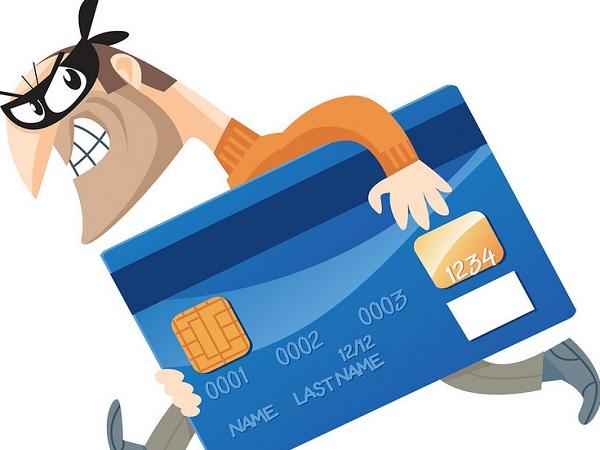In today's world of internet technologies, financial platforms and services have become an integral part of our lives. We use them to manage finances, invest, lend, and perform other important operations. However, as the popularity of these services grows, so does the number of fraudulent schemes.
It is very important to learn how to recognize the main scams on financial platforms, assess the risks associated with them, and know how to protect yourself from financial fraudsters.
Scams on Financial Platforms: What Are They?
A scam on financial platforms is a fraudulent scheme aimed at deceiving users to obtain their money or personal information. These schemes can take various forms: from fake investment offers to stealing actual funds. Their main goal is to convince the victim to invest money or provide access to their financial data.
Variety of Financial Scams
There are many forms of financial fraud. The most common are:
- Fake investments — schemes offering potentially high returns with minimal risks. Fraudsters may use terms like "guaranteed income" or "exclusive opportunities" to attract attention.

- Phishing — a method using emails or fake websites to gain access to personal data. Users often receive messages from a "bank" asking them to update their information or perform actions leading to data leakage.
- Fake financial advisors — schemes where fraudsters pose as financial experts and offer their services, charging fees for consultations or asset management.
- Cryptocurrency scams — the use of virtual currencies in fraudulent schemes has become popular in recent years. For example, fraudsters create fake crypto exchanges or investment projects and convince victims to invest in them.
Fraud on financial services is aimed at appropriating clients' funds and data, using the obtained information against the investor.

Main Risks When Using Financial Platforms
Using financial platforms is associated with certain risks that can lead to financial losses. Knowledge of these risks helps users be more conscious of their security.
- Cyber threats. Hackers break into financial platforms you work with and steal your data or funds.
- Loss of privacy. When using financial services, you provide personal and financial information. If the platform does not ensure an adequate level of data protection, it can lead to data leakage and use by third parties.
- Fraudulent transactions. In the case of data theft, fraudsters make transfers from your accounts to theirs. In such cases, it will be difficult for the user to get compensation.
- Investments in fraudulent projects. Many startups and investment platforms may turn out to be scams, providing fake documents and performance data.
All the above risks lead to loss of funds, as well as more serious consequences.
Signs of Financial Scams
Recognizing a scam is not always easy, however, there are certain signs that may indicate possible fraud.

Familiarity with these signs will help you avoid troubles and financial losses:
- Unusually high returns. If an investment offer promises unusually high returns without risk, it should raise suspicion.
- Suspicious contacts. If you are contacted via cold calls, informal messages, or emails by people posing as financial experts, you should question the credibility of the offer.
- Incorrect or missing licenses. Before investing your money in any platform, make sure it has the necessary licenses and permits.
How to Protect Yourself from Financial Fraudsters
Protection from online fraud requires some effort, but it is necessary for ensuring financial security. Follow simple rules to keep your funds and personal data safe.

Using strong passwords is a fundamental element of protection. A password should consist not only of letters and numbers but also special characters.
An additional level of authentication involves an extra password sent to your phone or email, making it much harder for fraudsters to access your account.
Regularly check your bank statements and transaction reports. This will help quickly detect suspicious activity and take action. If you notice something unusual, contact your bank or financial platform immediately.
Do not share your personal data trustingly or at the request of strangers. Use verified contacts and check information before making decisions. Also, be vigilant if you are offered investments without sufficient justification.
One simple way to protect against online fraud is to install and regularly update antivirus programs. This will help protect your computer from malware and suspicious sites, as well as possible phishing attacks.
If you have doubts about any financial platform, be sure to contact the support service. Support services should provide up-to-date information about the platform and its conditions. Genuine companies always care about their clients and are ready to help.
Financial technologies make our lives more convenient, however, they are also associated with fraud risks. Knowledge of the most common schemes, signs of scams, and protection methods will help you avoid unpleasant situations. Follow simple security rules, and your experience with financial platforms will be safe and productive.


